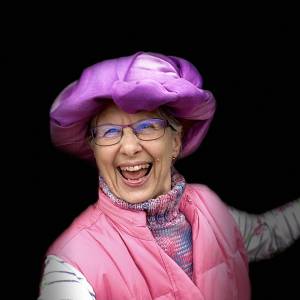FAMILY HISTORY
I got off the bus quite near to where my grandfather was born and decided to walk along the very street, Taunton Street. I had mistakenly thought that the house in which he was born had been knocked down to make way for road widening but eventually found Number 6, a tiny cottage, shown in the photograph at the bottom right - it's not actually "double fronted" but each cottage had a front door on the diagonal and one bedroom window at the top and a living room window at the bottom.
Each road in what is known as "The Railway Village" was named after the destinations of trains that passed nearby - Bristol, Bath, Taunton, London, Oxford and Reading among them - and was built in two blocks of four parallel streets, not dissimilar in appearance to passing trains.
In 1840 three hundred cottages were built by the Great Western Railway for their workers, using Bath stone, most probably from the cutting out of Box Tunnel, and stone from the Swindon quarries.
These cottages were tiny, with 2 or 3 small bedrooms, a living room and a kitchen. There was no bathroom and the toilet (or privvie) was outside in the yard. Food could be cooked on an iron stove heated with coal, and water had to be fetched in.
When our sons were in Cubs many years ago, I remember making rag rugs to put in a house that was to be a replica of how they lived many years before.
My grandfather was the third of 8 siblings born between 1896 and 1910 and looking at these tiny cottages, I wonder however they managed because at one point i.e. in 1910, there would have been 8 children plus my great grandfather and great grandmother living there!
I do know that my grandfather joined the Army when he was 15 years old, but his mother went after him and dragged him back. However, undeterred, he then waited until he was 16 and joined the Royal Navy. I have in my possession a diary written by my grandfather when he was aboard HMS Southampton from 1921 to 1923. It is beautifully written, obviously with a fountain pen, and gives a wonderful insight into the things he did on board.
The top picture is a row of railway cottages that were modernised in 1980; they are now beautifully kept and a lasting memorial to the GWR.
The picture on the bottom left shows "the backsies" as they were called. The village wasn't the nicest place to live pre-1970 with nearly all the houses having outside privies.
Whilst I was taking the photographs, a couple walked along and we got talking (as you do!) and it transpired that he used to live in the next street, and I was actually in the same class at school with his wife's brother - what a small world!
A man then came out of the house I was photographing and told me he had only just moved in. I explained that my grandfather had been born there, and he said that he, too, had been born just "round the corner" and had worked in the Railways for many years when he came out of the army.
A lovely time of reminiscing - I am now even more fired up to get back to researching my family history - I just wish I had asked my grandfather more when he was alive.
“Every time an old person dies,
it is as if a library burned down.”
Anon
Apologies for lack of commenting at the moment - I am finding it difficult, but I do still look at your blips.

Comments
Sign in or get an account to comment.


